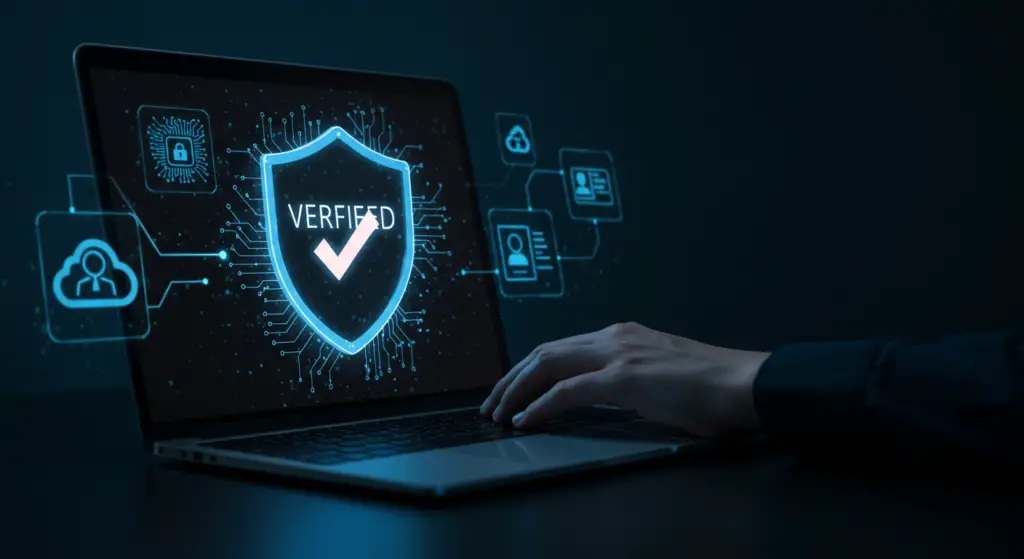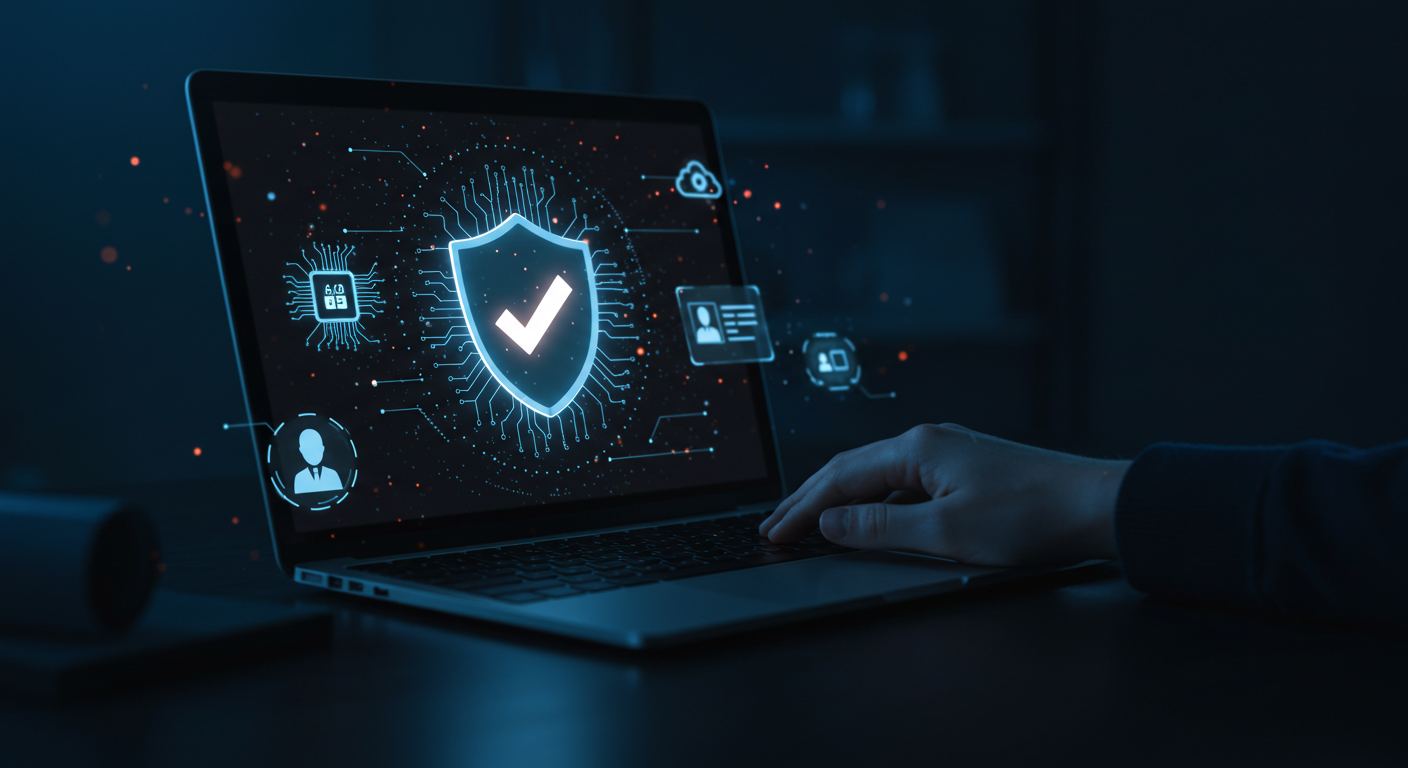Discover how OpenAI’s new Verified Organization policy impacts developers and businesses. Learn about ID verification, access to advanced AI models, and more.
OpenAI’s Verified Organization Policy: Everything You Need to Know About Future AI Access
As artificial intelligence continues to evolve at breakneck speed, so do the concerns around safety, regulation, and ethical use. At the forefront of this evolution is OpenAI, one of the world’s leading AI research organizations. In a recent update, OpenAI announced a critical shift in how developers and organizations will gain access to its most advanced AI models in the future—through a mandatory Verified Organization program.
This article explores everything you need to know about OpenAI’s verification process, why it’s being implemented, and how it could affect developers, businesses, and the broader AI landscape.
Table of Contents
- What is the Verified Organization Program?
- Why is OpenAI Introducing ID Verification?
- How the Verification Process Works
- Who is Eligible for Verification?
- Access to Advanced AI Models: What Changes?
- The Security and Compliance Perspective
- IP Theft and International AI Tensions
- The Broader Impact on AI Development
- Implications for Startups, Enterprises, and Developers
- Future-Proofing Your Access to AI
- Conclusion
- FAQs
1. What is the Verified Organization Program?

Verified Organization is a new system that OpenAI is rolling out to allow organizations and developers to unlock access to its most powerful AI tools and models, including upcoming releases. The key requirement? Completing an ID verification process using a government-issued ID from a country supported by OpenAI.
According to the company’s support page, this step is necessary to ensure responsible AI usage and limit access to actors who may abuse the technology.
2. Why is Open AI Introducing ID Verification?
The AI industry faces increasing scrutiny over data usage, model security, and compliance. OpenAI is taking a proactive approach by adding this verification layer. The aim is to:
- Curb misuse of the OpenAI API by bad actors
- Improve transparency and accountability
- Support ethical AI deployment
- Prepare for more advanced models that could be vulnerable to misuse if unrestricted
In short, it’s about striking a balance between innovation and responsibility.
3. How the Verification Process Works
The verification process is simple but secure. Here’s how it generally works:
- The organization selects an individual (usually the admin or lead developer) to complete verification.
- The individual submits a valid government-issued ID.
- The ID must originate from a supported country.
- Once verified, the organization receives a Verified Organization badge on its account.
- One ID can be used to verify only one organization every 90 days.
OpenAI notes that not all organizations will qualify and that verification isn’t guaranteed just by submitting ID. Additional eligibility criteria may apply depending on region or intended use.
4. Who is Eligible for Verification?
While OpenAI hasn’t published a full list of eligible organizations, here’s what we know so far:
- You must be operating in a country where OpenAI’s API services are available.
- Government agencies, corporations, startups, academic institutions, and nonprofits are all potentially eligible.
- The verification process applies only to organizations, not individual hobbyists or freelancers (at least for now).
- OpenAI may restrict access based on past usage violations, suspicious API behavior, or national security concerns.
5. Access to Advanced AI Models: What Changes?

Previously, developers could access OpenAI models like GPT-3.5 and GPT-4 through the API by simply signing up and adding payment information. Moving forward, access to newer models (such as GPT-5 or future AGI-tier systems) may be locked behind verification.
This means:
- Unverified accounts may lose access to certain features.
- Early access programs might be exclusive to verified organizations.
- Research previews and beta rollouts could prioritize verified users.
6. The Security and Compliance Perspective
OpenAI’s decision comes amid rising global tension around AI use. From election misinformation to deepfakes, bad actors are using generative AI in ways that raise alarm bells. By requiring identity verification, OpenAI hopes to:
- Track and prevent violations of usage policies
- Protect against state-sponsored cyber threats
- Safeguard intellectual property
- Provide regulatory bodies with a more transparent usage trail
7. IP Theft and International AI Tensions
OpenAI has already dealt with high-stakes challenges in this arena. In late 2024, a report from Bloomberg revealed suspicions that a group tied to China’s DeepSeek AI lab may have exfiltrated sensitive data from OpenAI’s API—allegedly to train rival models.
Shortly afterward, OpenAI blocked access to its API in China entirely.
This background makes the Verified Organization program even more critical. It ensures that model access isn’t exploited by hostile actors for unethical or illegal training purposes.
8. The Broader Impact on AI Development
This verification policy could mark a new industry standard. As OpenAI leads the charge, other AI providers may follow suit. We could soon see:
- Universal verification systems across platforms like Anthropic, Google DeepMind, and Meta
- Enhanced compliance requirements in the AI SaaS market
- Tighter access controls for open-source AI tools
- Increased reliance on data security protocols for commercial AI use
This shift represents a move from the open experimentation phase of AI toward a more regulated and enterprise-oriented model.
9. Implications for Startups, Enterprises, and Developers
If your organization relies on OpenAI’s tools (e.g., for customer service bots, generative content, or automation), it’s time to get ahead of the curve:
- Prepare documentation and choose a team member for ID verification
- Review OpenAI’s usage policies to avoid violations
- Implement internal usage policies to ensure ethical compliance
- Budget for enterprise access, as some features may move into higher-priced tiers

For startups, being verified could build trust with investors and clients, signaling that you’re using AI legally and ethically.
10. Future-Proofing Your Access to AI
Whether OpenAI releases GPT-5, a new multimodal model, or an AGI prototype, verified access may become the default gateway. So, what should developers and tech leaders do?
✅ Begin the verification process early
✅ Stay informed about OpenAI policy updates
✅ Use secure API environments
✅ Document AI usage internally for audits
✅ Anticipate stricter rules as AI laws evolve
The Verified Organization program isn’t just a filter—it’s the first step in a new phase of responsible AI adoption.
Conclusion
The rollout of OpenAI’s Verified Organization policy marks a pivotal moment in AI development and access control. As AI models grow more capable, the risks also increase—making trust, accountability, and transparency non-negotiable.
For organizations that want to continue harnessing cutting-edge AI, now is the time to act, adapt, and align with OpenAI’s evolving standards. Being proactive about verification doesn’t just open doors to future models—it also puts your team on the right side of ethical innovation.
